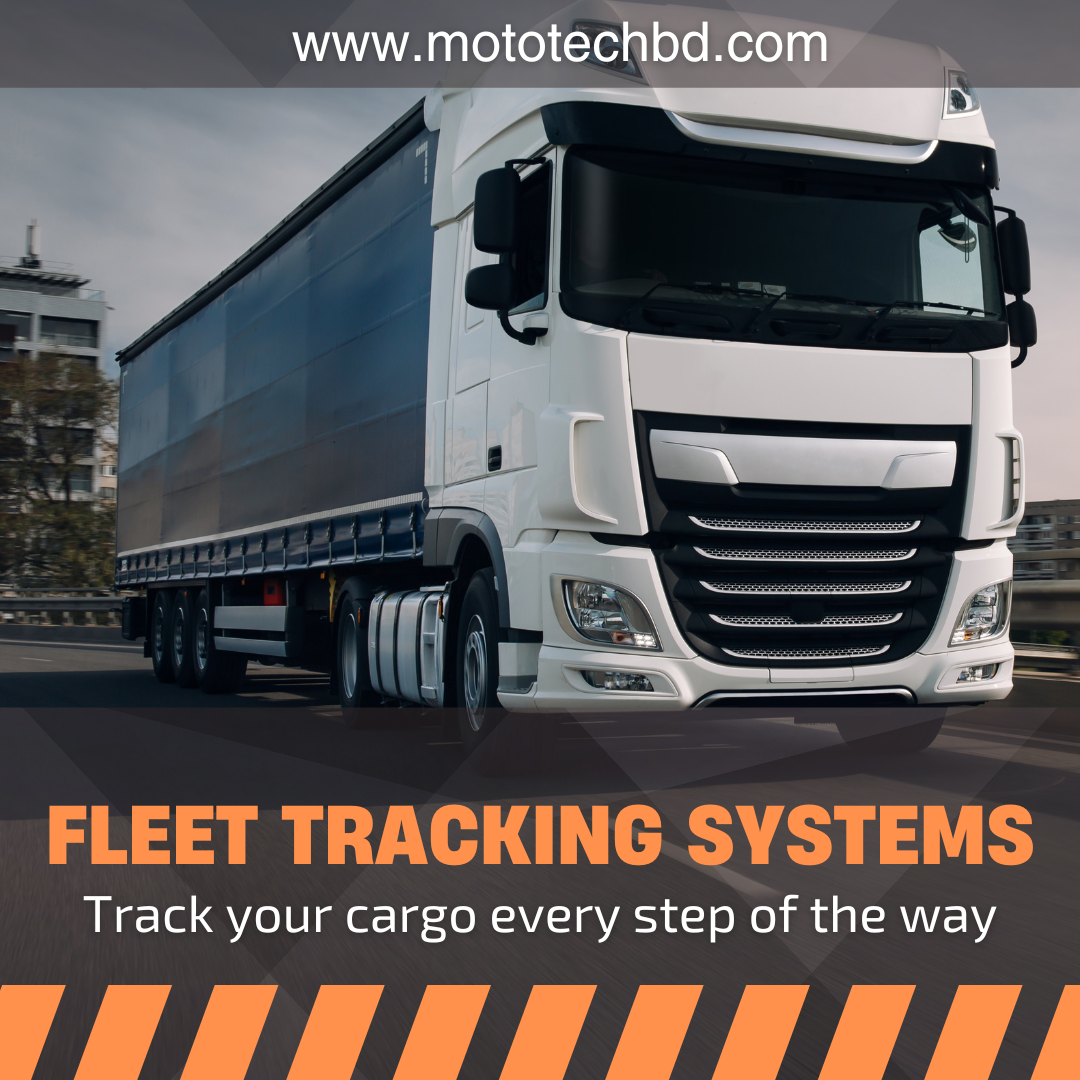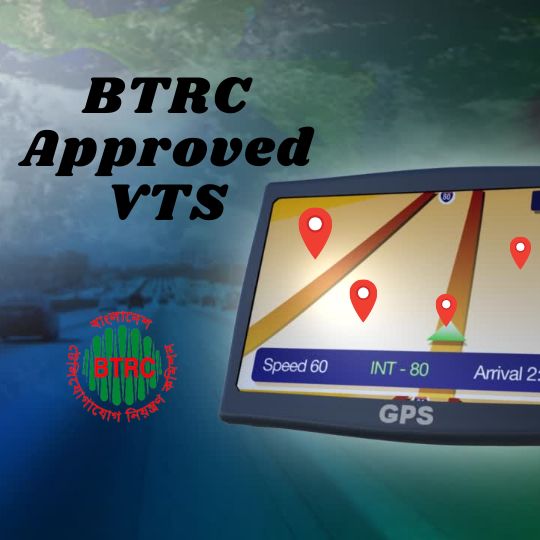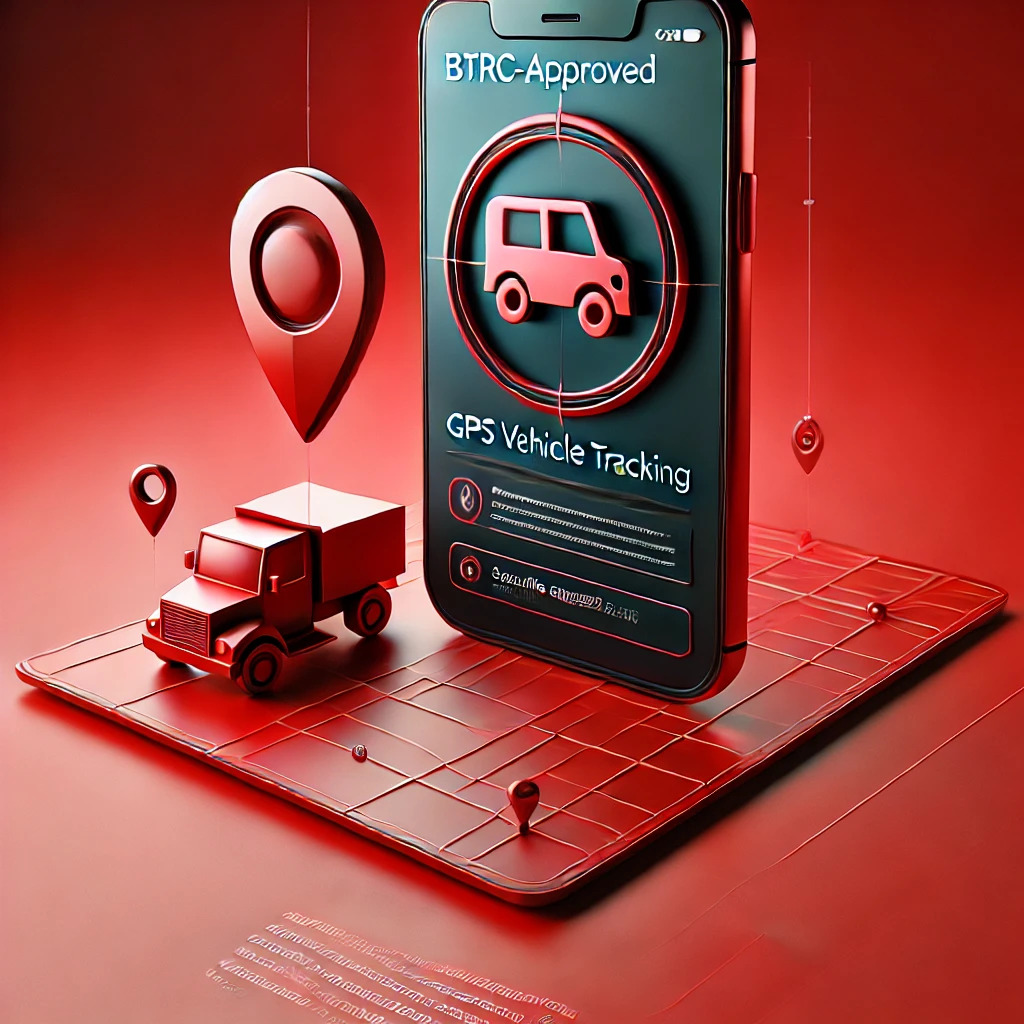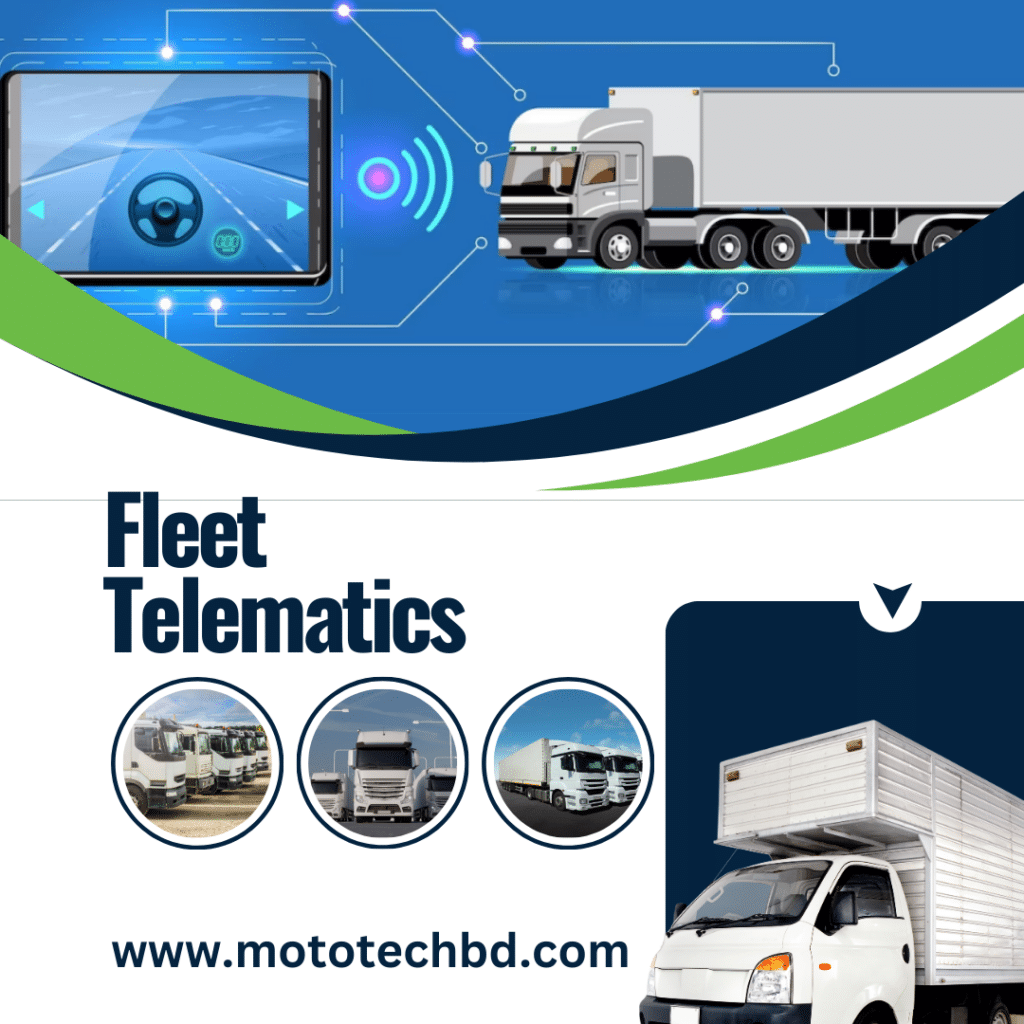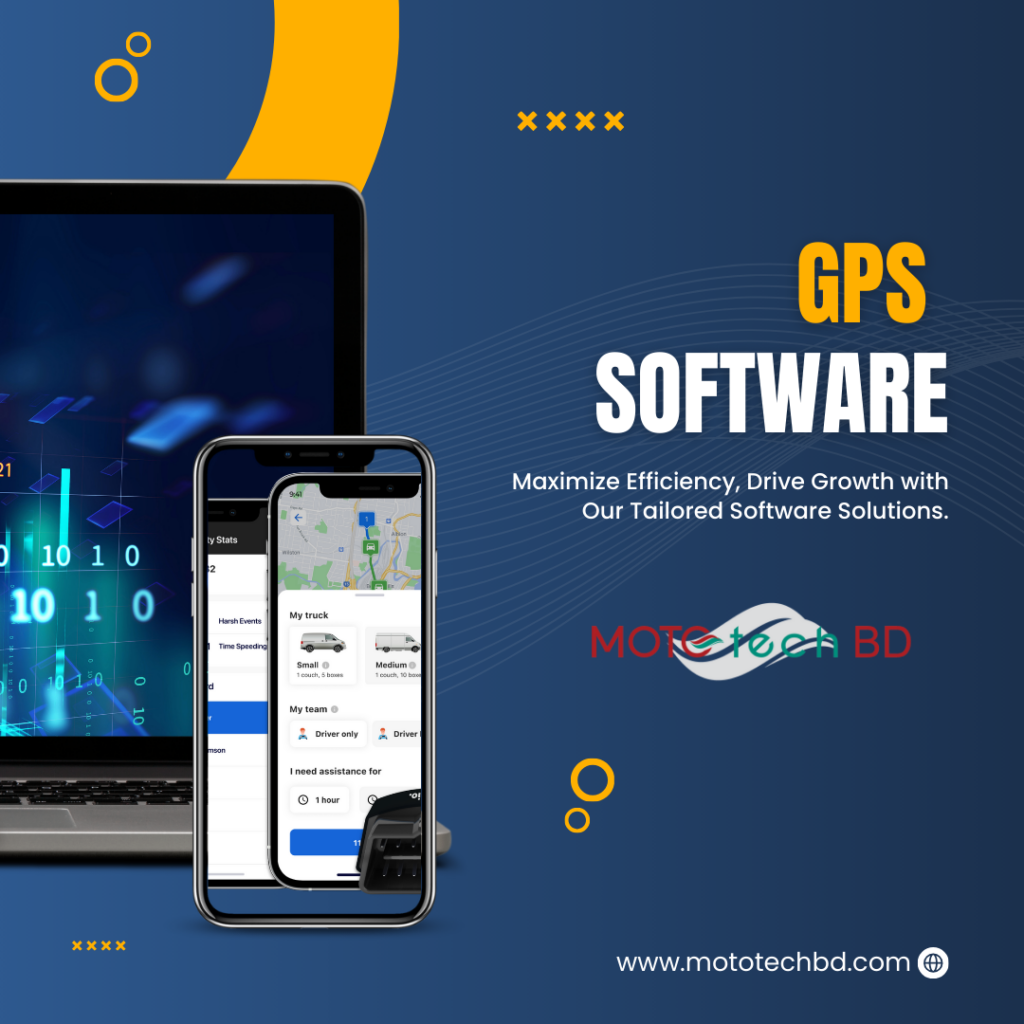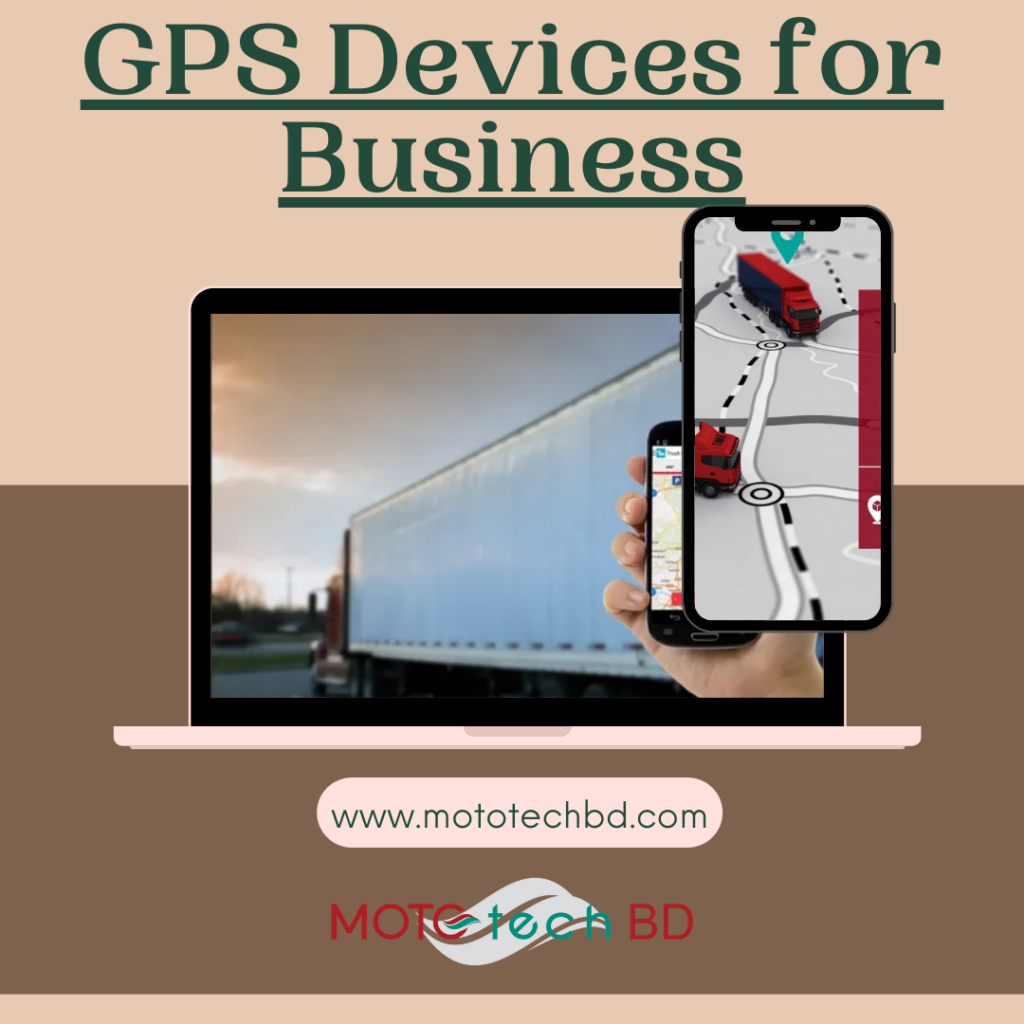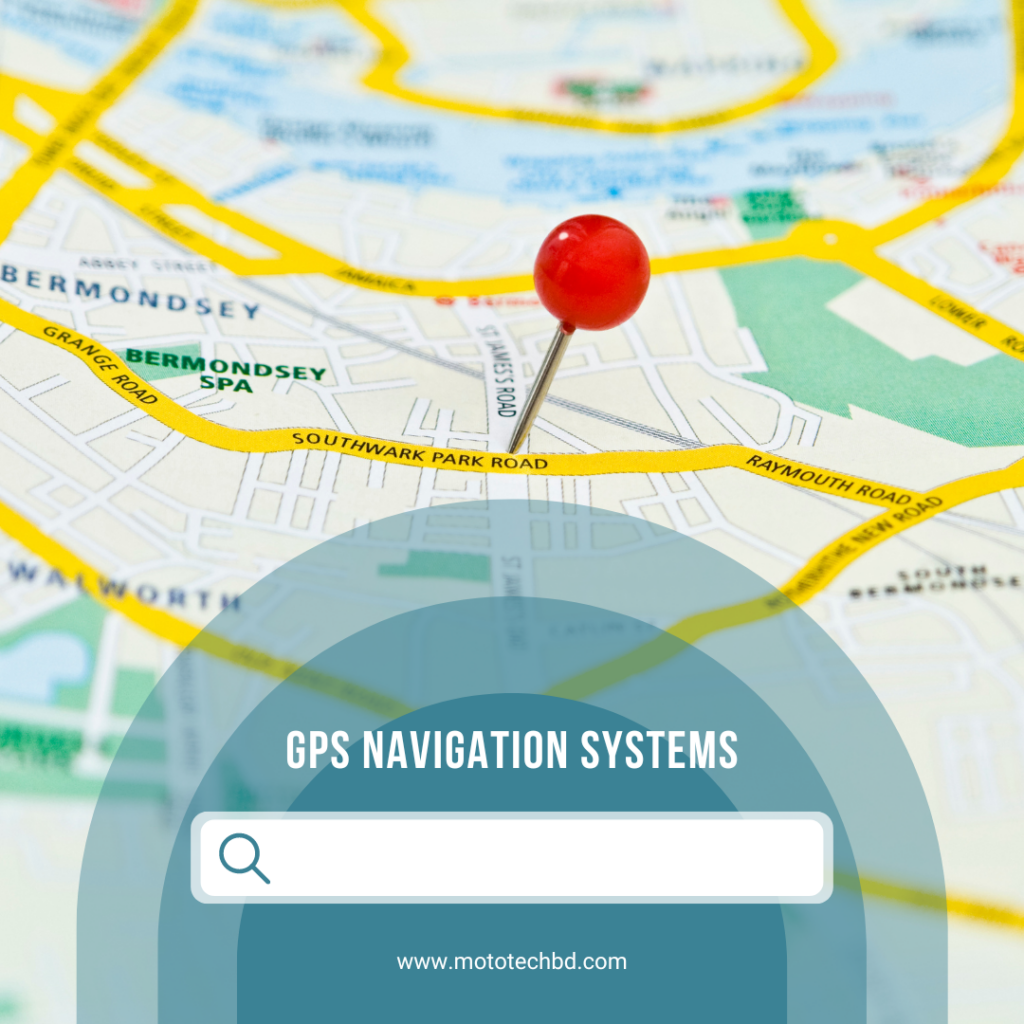In today’s competitive landscape, effective fleet management is essential for businesses that rely on vehicles for transportation, delivery, and logistics. A fleet tracking system is a powerful tool that provides real-time insights into vehicle locations, driver behavior, and overall fleet performance. This blog explores how implementing a fleet tracking system can enhance operational efficiency, improve safety, and reduce costs.
What is a Fleet Tracking System?
A fleet tracking system is a technology solution that uses GPS and telematics to monitor and manage a fleet of vehicles. It provides real-time data on vehicle locations, route optimization, and driver behavior. Fleet tracking systems typically consist of GPS devices installed in each vehicle, software for fleet managers to monitor activity, and mobile applications for drivers.
Key Features of Fleet Tracking Systems
- Real-Time GPS Tracking
A core feature of any fleet tracking system, real-time GPS tracking allows managers to see the exact location of vehicles at all times. This capability enhances route planning and enables swift responses to changing circumstances, such as traffic delays or emergencies. - Driver Behavior Monitoring
Fleet tracking systems provide insights into driver performance, including speed, braking patterns, and acceleration. By analyzing this data, businesses can implement training programs to improve driver safety and efficiency. - Automated Reporting
Most fleet tracking systems offer automated reporting features, allowing businesses to generate reports on various metrics, such as fuel consumption, maintenance schedules, and driver behavior. This data is invaluable for performance analysis and decision-making. - Geofencing Capabilities
Geofencing allows managers to set virtual boundaries for their vehicles. If a vehicle enters or exits a designated area, the system sends alerts, helping businesses monitor unauthorized usage or track deliveries more accurately. - Maintenance Alerts
A good fleet tracking system can monitor vehicle health and notify managers of upcoming maintenance needs, helping to prevent costly repairs and breakdowns. - Route Optimization
With advanced algorithms, fleet tracking systems can suggest the most efficient routes based on real-time traffic data, reducing travel time and fuel consumption.
Benefits of Implementing a Fleet Tracking System
- Increased Efficiency
By providing real-time visibility into fleet operations, a fleet tracking system helps businesses optimize routes, reduce idle time, and improve overall efficiency. This means faster deliveries and more productive use of resources. - Cost Savings
With improved route planning and reduced fuel consumption, businesses can save significantly on operational costs. Additionally, monitoring driver behavior helps reduce accidents and associated expenses. - Enhanced Safety
Driver behavior monitoring leads to safer driving practices, minimizing the risk of accidents. With alerts for harsh driving, businesses can proactively address issues and ensure driver safety. - Better Customer Service
Real-time tracking allows businesses to provide accurate delivery estimates and updates to customers. This transparency builds trust and improves customer satisfaction. - Improved Accountability
Fleet tracking systems provide detailed records of vehicle locations and driver activity, increasing accountability among drivers. This transparency fosters a culture of responsibility and adherence to company policies.
Industries That Benefit from Fleet Tracking Systems
- Transportation and Logistics
For companies in the transportation and logistics sectors, a fleet tracking system is crucial for ensuring timely deliveries, optimizing routes, and managing driver performance. - Delivery Services
Businesses that rely on timely deliveries can use fleet tracking systems to monitor driver locations and provide customers with real-time updates. - Construction and Equipment Rental
In the construction industry, fleet tracking helps manage heavy machinery and vehicles, ensuring they are used efficiently and remain in the right locations. - Public Transportation
Public transportation systems use fleet tracking to monitor bus and taxi routes, ensuring timely service and improving the overall experience for passengers. - Emergency Services
Ambulances, fire trucks, and police vehicles rely on fleet tracking systems for rapid response and efficient routing to emergencies.
Top Fleet Tracking Systems Available
1. Teletrac Navman
Teletrac Navman offers a comprehensive fleet tracking system with features like real-time GPS tracking, driver behavior monitoring, and automated reporting. Their user-friendly platform is ideal for businesses of all sizes.
- Best For: Small to large fleets looking for an all-in-one solution.
2. Fleet Complete
Fleet Complete provides a flexible fleet tracking system that combines GPS tracking with telematics, offering businesses detailed insights into vehicle performance and driver behavior.
- Best For: Businesses needing mobile-friendly tracking solutions.
3. Samsara Fleet Management
Samsara offers an intuitive fleet tracking system that provides real-time visibility, maintenance alerts, and robust reporting features. Their cloud-based platform is easy to use and scalable.
- Best For: Logistics and delivery businesses looking for comprehensive fleet management.
4. Verizon Connect
Verizon Connect’s fleet tracking system delivers real-time location data, route optimization, and advanced reporting capabilities. Their platform is designed for enterprises needing to manage large fleets effectively.
- Best For: Large enterprises with complex fleet management needs.
5. Geotab
Geotab is a versatile fleet tracking system that integrates with various third-party applications. It provides detailed reporting and insights, making it ideal for data-driven businesses.
- Best For: Companies looking for customizable fleet tracking solutions.
How to Choose the Right Fleet Tracking System
When selecting a fleet tracking system, consider the following factors:
- Fleet Size: Choose a system that can scale with your business and accommodate your current and future fleet size.
- Real-Time Capabilities: Ensure the system provides real-time tracking and updates, as this is critical for effective fleet management.
- Ease of Use: Look for a user-friendly interface that allows easy access to essential features and reports.
- Integration Options: If you use other business management software, check if the fleet tracking system can integrate seamlessly.
- Cost: Compare pricing models, including upfront costs and ongoing subscription fees, to find a system that fits your budget.
Implementing a fleet tracking system can significantly enhance your business operations by improving efficiency, reducing costs, and ensuring the safety of your drivers and vehicles. With real-time data and advanced features, the right system will empower your business to thrive in a competitive landscape.


 YAMAHA
YAMAHA SUZUKI
SUZUKI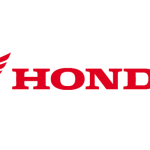 HONDA
HONDA


